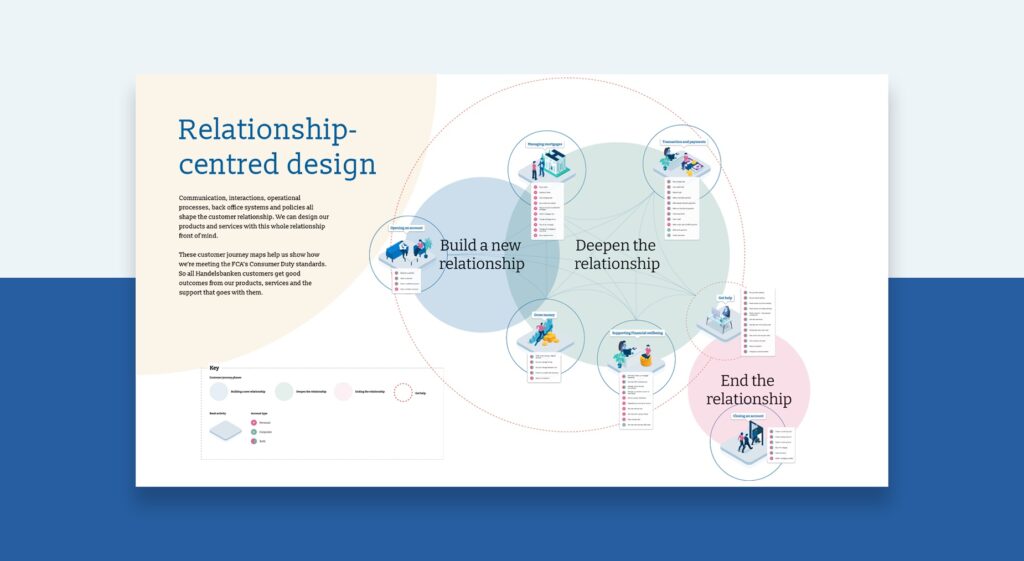At our annual Innovate & Accelerate conference, Daniel Lindsay, CRM, Data, Insights and Analytics Director at Estée Lauder, shared the business’ optimal pairing of data and magic behind beauty to enable their enterprise data transformation, taking the retailer from insight to instinct in order to personalise consumer experiences. This winning combination has contributed to the success of their brand value proposition, narrative and positioning through campaigns that struck a chord with consumers.
But how did Estée Lauder decide when the right time for data transformation was? What tools and strategies did they lean on to achieve this, and what were the results?
Why it was time for a big data transformation
Three years ago, Estée Lauder faced various evolutionary periods of marketing, from digital to connected media in terms of consumer interaction followed by the tailored messaging capabilities that came with leaning into data-led media and marketing , particularly first-party consumer data. The business was keen to ensure all their consumers were involved in their journey of change.
According to Daniel: “Our job as a leading beauty company in the UK is to evoke trust from the customer.” Consumers purchase from brands that they trust with their most personal spaces, so ensuring customers are at the root of the brand and understood as granularly as data personalisation allows for is vital. Estée Lauder quickly realised that connecting data to the personalised user experience would give them the competitive edge that they needed to remain an industry leader.


Challenges experienced when working on data transformation & how they were mitigated
Three years down the line of their data transformation, Estée Lauder has faced its fair share of challenges:
- Heavily investing in consumer data. The business quickly realised their initial consumer data investments were conducted on outdated infrastructure, which complicated their ability to locate their target customer and get a unified view of them.
- Effectively delivering analytics or insights that would drive fast action and improve accessibility. They had also outgrown their campaign management system, sparking a new consideration of ensuring whatever was brought into the business would connect consumers across the channels.
- Upskilling and bolstering their in-house capability. This would enable enhanced futureproofing and strategic planning while also upkeeping resources.
Implementing CDP & campaign management tools
To tackle these challenges, Estée Lauder worked with CACI on implementing a customer data platform (CDP) workstream and an innovative campaign management tool, Braze. They also created a new access point for consumer data for quicker decision-making and initiated a change management piece to better plan for the future, with CACI’s support on refining in-house skills.
Working with CACI enhanced the business’ understanding of how their consumers shop across their portfolio of brands. The resulting data was released into Braze, and has more recently been added into Google, Meta and TikTok to take their understanding of consumer data to a new level.
The business’ value realisation through Braze was being able to engage with consumers and make their CRM channels the fastest growing traffic channel across all their direct to consumer (D2C) channels so far. They were also able to increase their key loyalty metrics by 16% in repeat and retention rates across all brands. This was demonstrated through one brand, Aveda, that despite a complex route to market journey, proved that having the right infrastructure in place enabled the business to successfully understand and track consumer points through email or SMS, which has been transformational for the business.
Data transformation in real-time: MAC Cosmetics case studies
Creating Black Friday success for MAC Cosmetics
Elena Hughes, Customer Strategist at CACI, elaborated on CACI’s support with the design and implementation of Braze in Estée Lauder, and its impact on the business’ strategic communications plan ahead of their peak period, Black Friday. This was a commercially critical time in the business’ calendar with a predicted high revenue generation, meaning that the business’ strategy had to be airtight.
To execute this, Estée Lauder assessed the data with CACI to understand how customers behave during peak promotional periods. This resulted in the emergence of four key customer groups:
- Gifters
- Price-driven audience
- Loyal
- Lapsed (one-off)
The strategy needed to take a segmented approach to tailor the messaging to these specific audiences, which enabled newfound opportunities for creative enhancements as well. As a result, the business noticed a 23% increase in trading performance post-implementation of the strategy, proving the campaign’s effectiveness despite an obvious time crunch and key information presented for access in the most suitable way of actionable insight.
Activating a triggered lifecycle programme at MAC Cosmetics
Replenishment, automated trigger and cross-sale messaging were critical components of the business’ triggered lifecycle programme. Their Black Friday campaign success came from distilling a multitude of strategy-shaping data points.
Learning lessons towards achieving data transformation
Despite maintaining relatively stable sales around Black Friday, CACI’s Cost of Living and purchasing data proved to be crucial to Estée Lauder’s success. While the business noticed that some of the more luxury products like serums declined in sales, the resulting data showed that the “lipstick effect” prevailed and that customers still want to feel good about themselves no matter the economic circumstances, demonstrated in the purchasing of what consumers consider to be essential products.
The business is now equipped with the necessary data to enter peak shopping periods and continue developing efficiencies and creative assets that resonate with customers.
How CACI can help
If you or your business are looking to accelerate customer data or technology changes by connecting and activating your insight, please get in touch to discuss what strategies and solutions that our team of experts can help you deliver.
















































































































